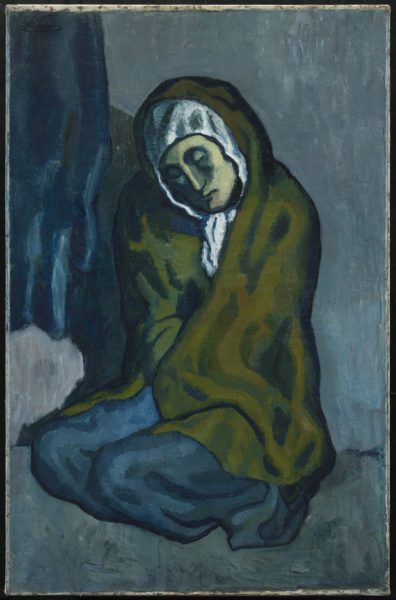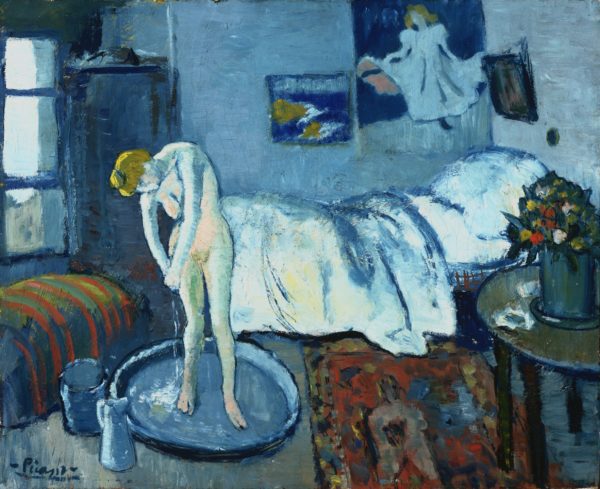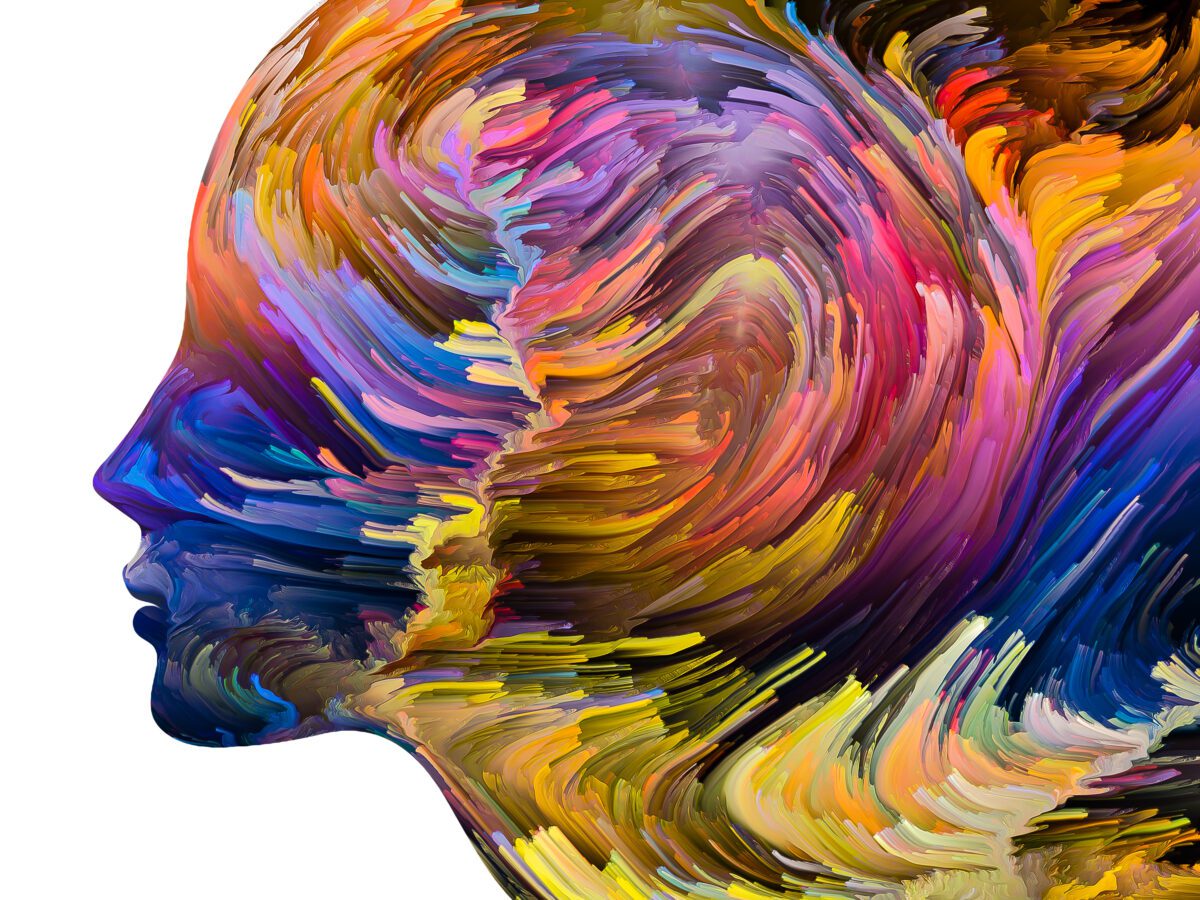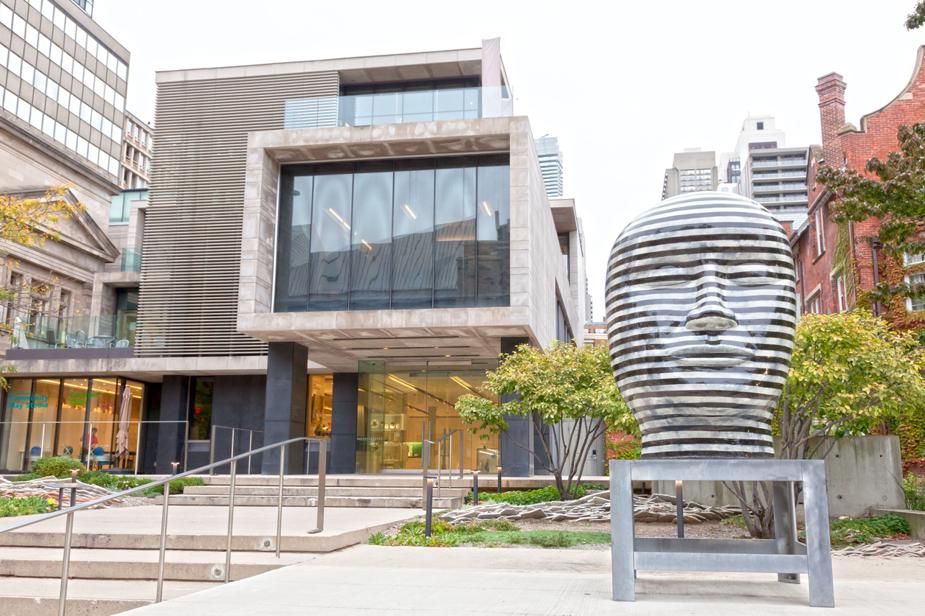
The Art Gallery of Ontario presents Picasso: Painting the Blue Period
By Louise Nunn
If a young Pablo Picasso walked the streets around the Art Gallery of Ontario (AGO) how might he respond in paint? In Toronto, might he recognize subjects not unlike those he painted at the age of twenty in Paris and Barcelona?
Men returning from war and destitute women supporting their children was the state of play in 1901, serving as inspiration for Picasso’s Blue Period. 120 years later, as the AGO prepares for a first-of-its-kind exhibition dedicated to the Blue Period, its curators hope to echo the original plea of the artist: how do we engage with the marginalized and, given the chance, will we?
Kenneth Brummel, Senior Curator at the AGO, notes that Picasso’s Blue Period is “blue” not only because of the period’s tell-tale monochromatic blue palette, but because of the poverty, social unrest and injustices that captured Picasso’s attention from 1901 to1904. Picasso at just 19 years of age was already an ambitious and extremely talented young artist who jumped between the art scene in Paris and Barcelona.
“In 1901, living in Paris,” Brummel explains, “he would paint women who lived at the prison of Saint-Lazare…this is a prison were prostitutes were incarcerated. And then he returns to Barcelona (1902) and he’s dealing with a general strike.” Brummel continues, “he had to contend with the labour uprising outside of his studio in Barcelona – there was a barricade erected less than a block away from his front door. I think that was another reason why he felt obligated to engage with the question of how to depict poverty, and the plight of poor, struggling women.”

The Blue Room (La Chambre Blue, 1901); Crouching Beggarwoman (La Miséreuse accroupie, 1902); and The Soup (La Soupe, 1903) are the names to remember in preparation for this exhibit. Officially named Picasso: Painting the Blue Period and presented in collaboration with The Phillips Collection in Washington, centres around these three, which Brummel calls pivotal works of the period.
Supporting these, the AGO will display works by Picasso’s contemporaries and influencers. Older Catalan and Spanish influences like Greek painter El Greco and sculptures by Auguste Rodin that Picasso himself would have seen, will help narrate the creation of each painting. The exhibition will include a total of 104 objects from 65 collections across 15 countries.
On the surface, The Blue Room depicts Picasso’s studio in Paris, where a nude woman bathes herself in a small tub. But, as with many of Picasso’s works, there is much more hidden below the surface – figuratively and literally. This is where the exhibition gets more interesting. Thanks to cutting edge conservation technology, researchers have discovered hidden gems beneath the surface of all three of the main paintings.

Collection, Washington, DC. Acquired 1927 © Picasso Estate / SOCAN (2021)
The Blue Room was painted over a portrait of a bourgeois man and Crouching Beggarwoman hides the painting of a Spanish landscape. But researchers soon realized there was more to be found. By using hyper-spectral imaging and x-ray fluorescence technology – scanning the painting so that it reveals all its secrets, visible and invisible – Brummel and others found a now-covered right arm on the canvas of Crouching Beggarwoman. Beneath the painting of a mother giving a bowl of soup to her child (The Soup), is a tabletop and jug. Further layered within, is a silhouette of another woman standing between what is now the mother and her child.
Brummel explains that this high-tech conservation work will form part of the exhibition itself. “[We’ll have] what we’re calling a laboratory, and that lab will explain how we were able to investigate the underlying layers of The Blue Room.” He says there will be one for each of the three paintings, and that these rooms will go into detail on the various discoveries. “Literally, visitors will be able to un-peel that painting, and see the layers underneath.”
The exhibition will wind through the first floor of the AGO in a single path that takes visitors through the period of the painter’s life. It is laid out so that you will be able to walk in the footsteps of Picasso himself, as he witnesses, experiences, and paints his surroundings.
Beginning with Picasso’s emergence as a modern artist in 1901, it continues to the study of the nude and The Blue Room’s laboratory room. Visitors will then be introduced to the influences behind The Blue Room and the women of Saint-Lazare. After this comes a space dedicated to women in Barcelona, Catholic and religious art, and contemporaneous paintings of the Virgin Mary, all of which will prepare visitors for Picasso’s Crouching Beggarwoman – which Brummel points out is Picasso’s version of a secular Virgin Mary.
The laboratory dedicated to this painting comes next, then the artistic influences related to it, before visitors drift on to the next room and the final of the three paintings, The Soup. After the influences and laboratory going into detail for The Soup, the next room moves with Picasso in 1903 to the representation of impoverished men. The program concludes with Picasso transitioning to the Rose Period, in 1904.

Though one of the smallest, most ‘ordinary’ paintings in the exhibition, The Soup, nevertheless leaves the deepest mark. It is the simple recreation of a scene familiar to all: a mother feeding a child some soup. Yet, Brummel invites us to wonder at the power of its message. “Picasso with this little painting, elevates a struggling woman and child who are exchanging a bowl of soup. He makes them into timeless, monumental figures, who have the same grandeur and dignity as the Parisian murals in their City Hall or in the Pantheon.”
By painting The Soup and others like it, amidst a Catholic and religious backdrop, Brummel insists “he’s asking spectators to revere the downtrodden…to revere them as if they were saints.
“That was the revelation for me…that [Picasso] was taking the expectation of his bourgeois audience and confusing it, by forcing them to look at people they would normally ignore on the street, and transforming those individuals into saints and Virgin Marys.”
Picasso: Painting the Blue Period runs through January, 2022. To learn more, visit ago.ca/exhibitions/picasso-painting-blue-period
This article was originally published in the Fall 2021 edition of The Collection.
Main Image Credit:
Pablo Picasso. Blue Roofs, Paris, 1901. Oil on millboard, Unframed: 39 x 57.7 cm. The Ashmolean Museum, University of Oxford. Bequeathed by Frank Hindley Smith, 1939. ©Picasso Estate / SOCAN (2020), Photo © Ashmolean Museum, University of Oxford.




